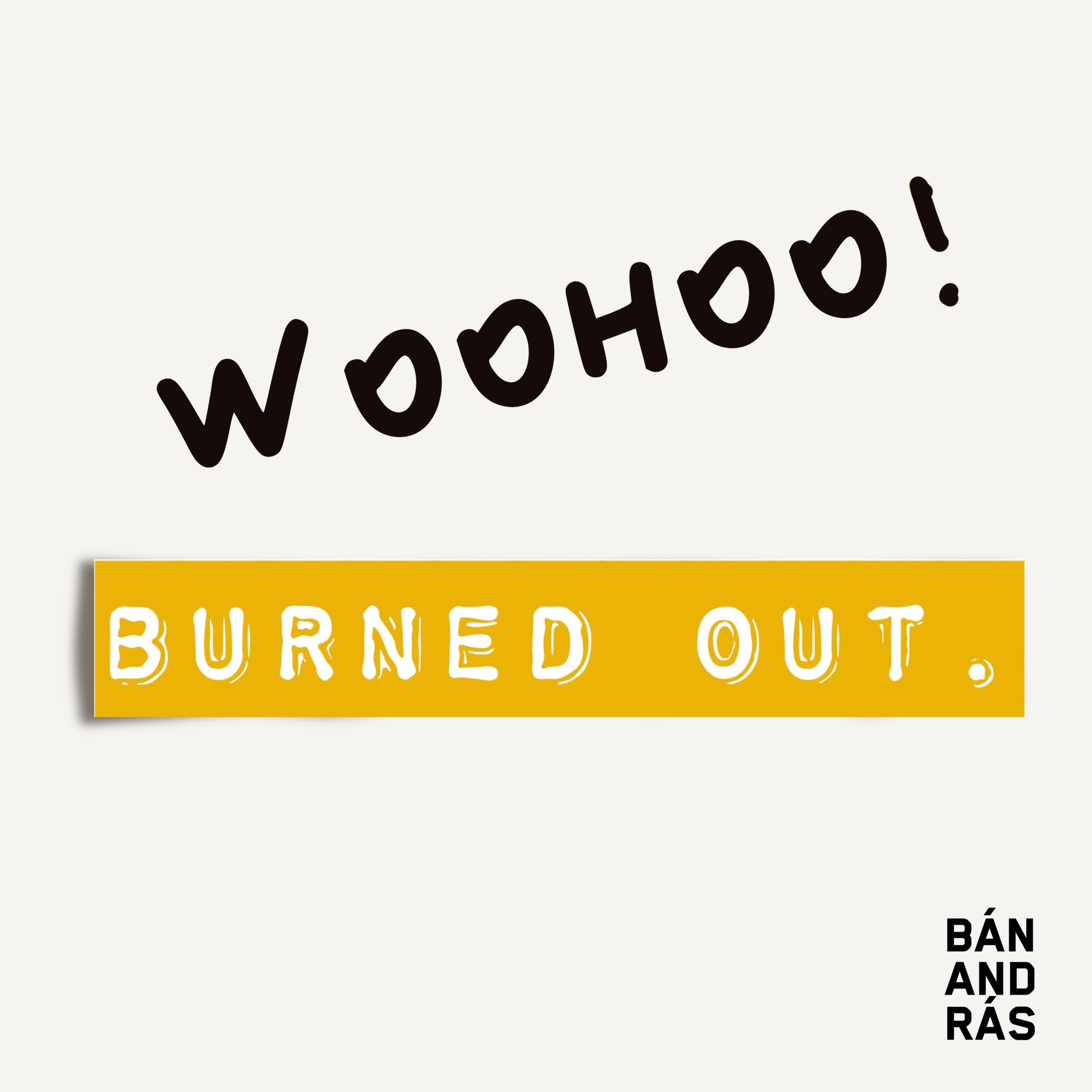overcoming burnout
According to a recent Gallup study, burnout is a critical concern for the global workforce, with 28% of workers feeling burned out at work "very often" or "always." Almost all workers must combat burnout at some point, as only 24% reported that they "rarely" or "never" feel burned out at work.
Burnout is a feeling of emotional, physical, and mental exhaustion caused by prolonged stress, which can impact our work performance, mood, and health. While it is normal to experience burnout occasionally, when it becomes chronic, it can lead to serious health problems.
Burnout is a significant problem in the workplace, and it can have severe consequences, both for employees and for organizations. Burnout can lead to decreased productivity, low morale, and high turnover rates.
Fortunately, there are effective coping strategies that can help us diminish stress and fight burnout.
Here are some tips for organizations and individuals to overcome burnout.
The cause of burnout is often encoded in the system, and even if individual employees do everything to prevent it, they will not be successful. Systemic problems can only be solved by changing the system. So what can the leadership do to create an environment where burnout statistics are significantly better.
Tips for Organizations
Tip 1: Empower managers with the necessary resources
Leaders are responsible for empowering managers with the necessary development and resources to create a successful work environment. Managers are the best solution for preventing or eliminating burnout when they take the time to learn what's behind burnout and are open to changing how they manage their teams. Managers play a critical role in creating a work environment that promotes well-being and prevents burnout.
Tip 2: Address the root causes of burnout
Managers can start by considering the most common root causes of burnout and then taking action to mitigate them. The most common root causes of burnout are unfair treatment at work, unmanageable workload, unclear communication from managers, lack of manager support, and unreasonable time pressure.
Unfair treatment at work can lead to burnout, so managers should treat everyone with respect and insist that employees do likewise. Managers should lead with honesty, transparency, and integrity, apply rules with fairness, consider the impact of their decisions on every individual, and honor the opinions and contributions of every employee.
Unmanageable workload is another root cause of burnout. Managers should discuss the source of the workload and whether they may be able to help reduce it. They should also make it safe for employees to ask for help, identify core requirements, eliminate unnecessary steps or tasks, and reassign tasks as needed. Clarifying roles and responsibilities going forward can also help.
Unclear communication from managers can also contribute to burnout. Managers should have more frequent, informal one-on-one check-in conversations, schedule regular status meetings for the team, focus on high-priority assignments or goals, take care to discuss the reasons they are important, encourage employees to ask about topics they want to know more about, and follow up on any discussions with notes and expectations.
Lack of manager support can also lead to burnout. Managers should regularly encourage employees and express their appreciation for their contributions. They should coach each employee on how to play to their strengths and overcome obstacles, ask how they can best support them to achieve their best performance, and have short "Quick Connects" at least once a week. These are informal five- to 15-minute opportunities for managers to find out how their employees are doing and offer their help if needed.
Unreasonable time pressure can also contribute to burnout. Managers should involve employees in setting deadlines that are realistic, give them as much autonomy as possible in how they meet their goals, proactively communicate about work that is coming, and set clear expectations. They should also discuss any barriers that may impede their work and how they can best balance demands for speed and quality. Managers should help employees set aside time for unforeseen events and give them flexibility in accomplishing tasks.
Tip 3: Be proactive
The best solution to organizational burnout is to be proactive. Beat burnout before it begins by following the solutions above and creating an individualized solution for your workplace. Organizations should create a culture of well-being and prioritize the mental health of their employees. They should provide resources such as mental health support, stress-management training, and wellness programs. Employers can also promote work-life balance by offering flexible work arrangements and encouraging employees to take breaks and vacations.
Organizations should also foster a sense of community and connection among employees. Building strong relationships with colleagues and having a supportive work environment can help employees feel more engaged and motivated.
Strategies for Individuals
Understand Effective Burnout Coping Strategies
The first step in fighting burnout is to understand which coping strategies tend to be effective and which are not. Research shows that most people benefit from reminding themselves that they can succeed, but not from lowering their expectations. It is important to focus on what we can control, rather than what we cannot.
Additionally, setting boundaries, prioritizing tasks, and taking breaks are some of the most effective strategies for preventing burnout. Taking time off to recharge and pursue hobbies or activities that we enjoy can also help us cope with stress.
Identify Your Strengths
Understanding our strengths can help us identify the coping strategies that come easily to us. We all have unique strengths, which are our natural patterns of thought, feeling, and behavior that help us accomplish our goals. By identifying our dominant strengths, we can lean into the coping strategies that align with them.
For example, individuals who lead with Executing themes may feel less burned out after taking action to complete tasks, while those with dominant Strategic Thinking themes may benefit from pausing to think through the situation before acting.
Try New Coping Strategies
In addition to leaning into our dominant strengths, we can also consider trying new coping strategies. People with dominant Relationship Building themes may overlook inward-focused strategies like meditation that can help reduce their burnout symptoms. Trying new coping strategies can also help us develop new strengths and expand our coping skills.
Take Care of Your Well-Being
It is essential to prioritize our well-being to prevent burnout. We can take care of our physical health by getting enough sleep, exercising regularly, and eating a healthy diet. We can also take care of our mental health by engaging in mindfulness practices, seeking support from friends and family, or seeking professional help if needed.
Be Mindful of Your Work Environment
It is important to be mindful of our work environment and make changes if necessary. We can start by setting clear boundaries between work and personal life, avoiding overworking, and communicating our needs to our managers. It is also crucial to work in a supportive and positive work environment that values our contributions and recognizes our achievements.
Final Thoughts
Burnout is a common experience, but there are effective coping strategies that we can use to prevent or overcome it. By understanding which coping strategies tend to be effective and aligning them with our strengths, trying new coping strategies, prioritizing our well-being, and being mindful of our work environment, we can fight burnout and improve our overall quality of life. Remember, burnout is not a sign of weakness, and seeking help when needed is a sign of strength.

